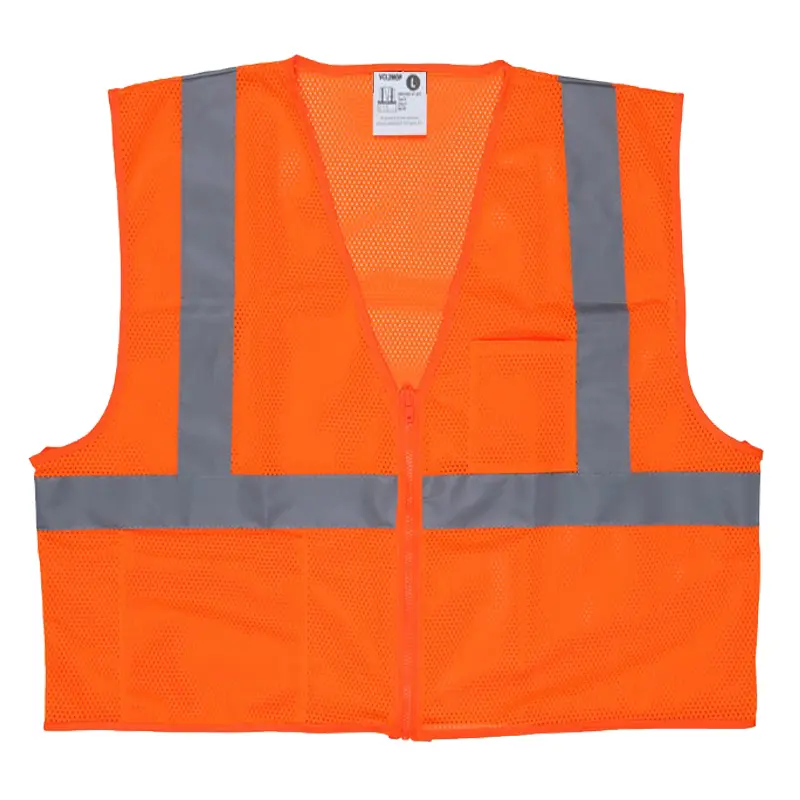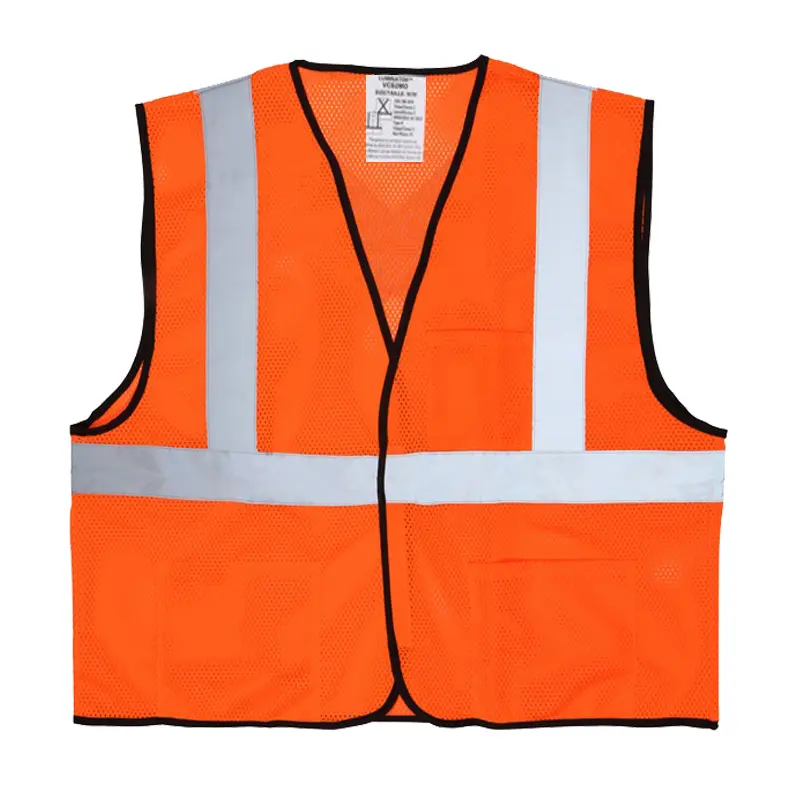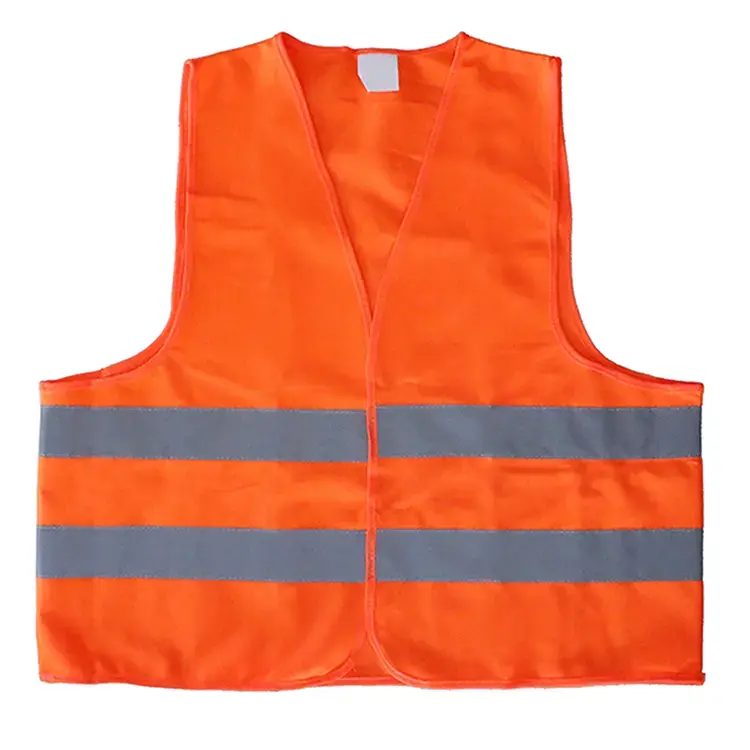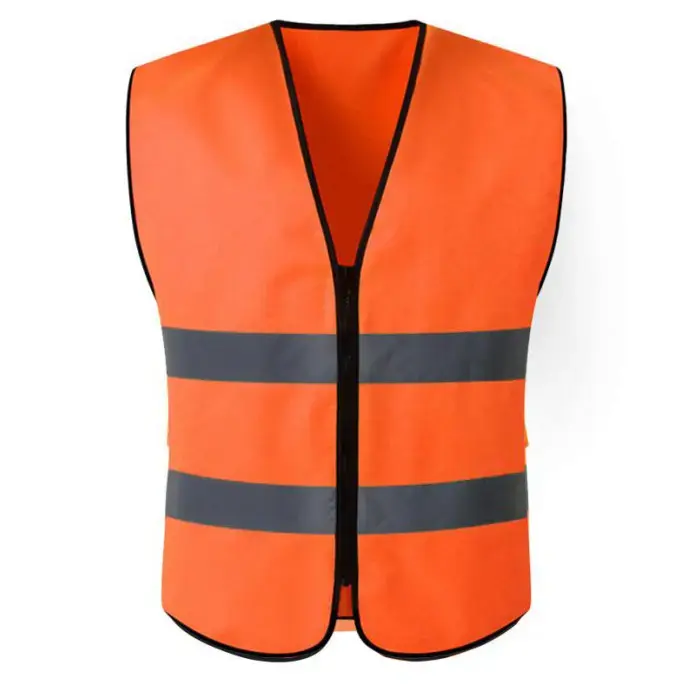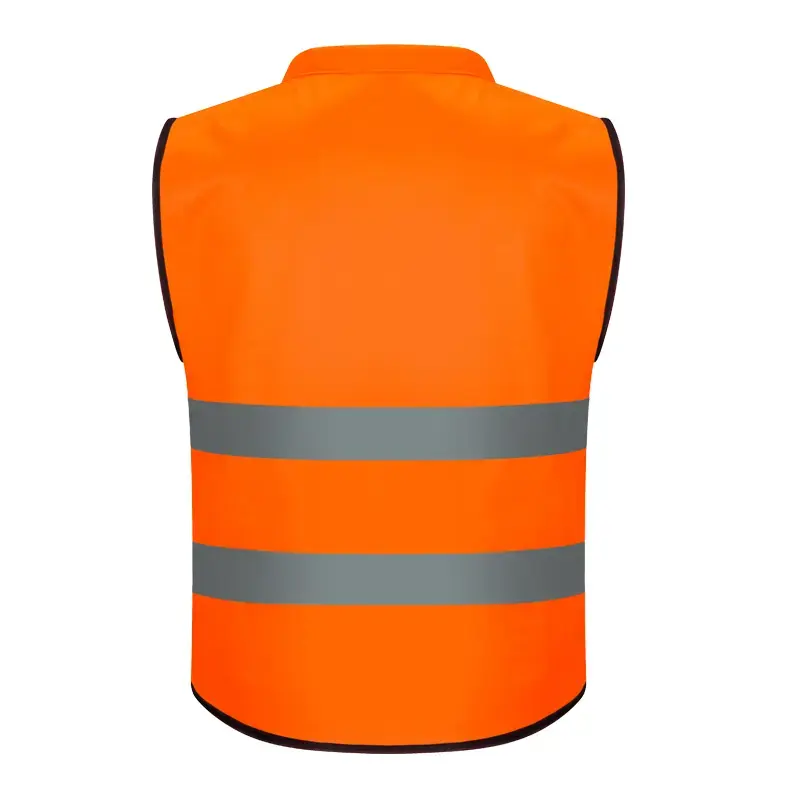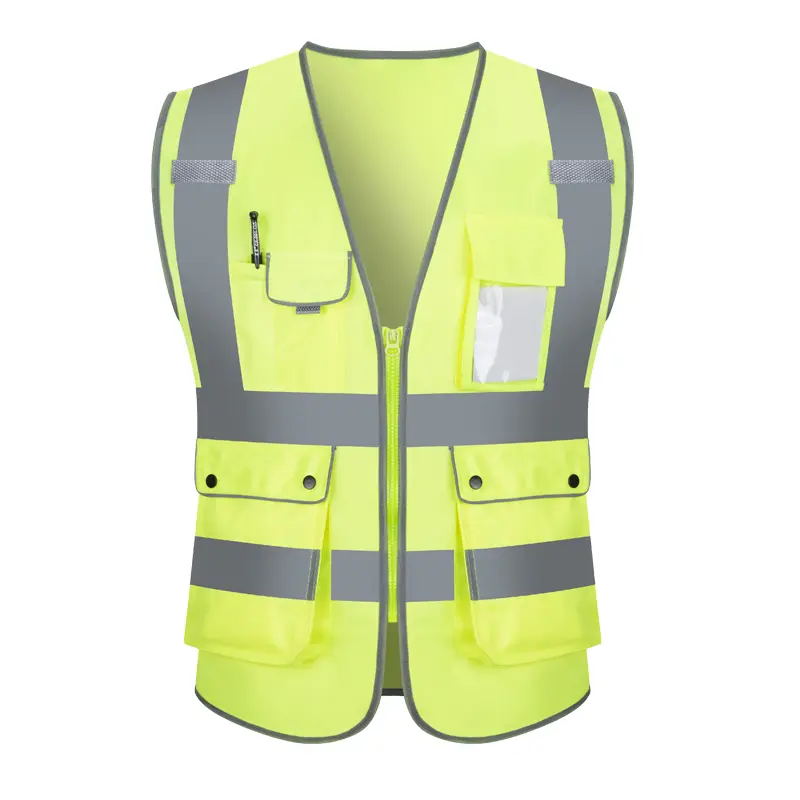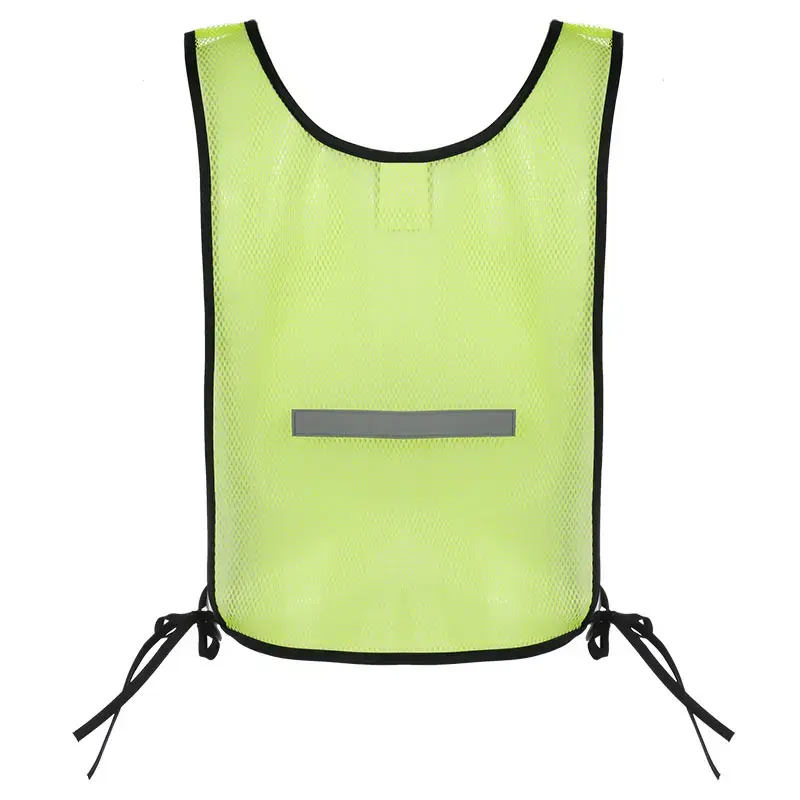The main difference between Level 1 and Level 2 reflective clothing in the US standard
The main difference between Level 1 and Level 2 reflective clothing in the US standard
In the international market, reflective clothing, as an important safety protection product, is widely used in various scenarios that require high visibility, such as road construction, logistics transportation, railway operations, etc. As one of the world's important reflective clothing consumer markets, the United States' standards have important guiding significance for products to enter the market. This article will explore the main differences between Level 1 and Level 2 reflective clothing in the US standard to help international wholesale buyers better understand the characteristics and applicable scenarios of these two products.
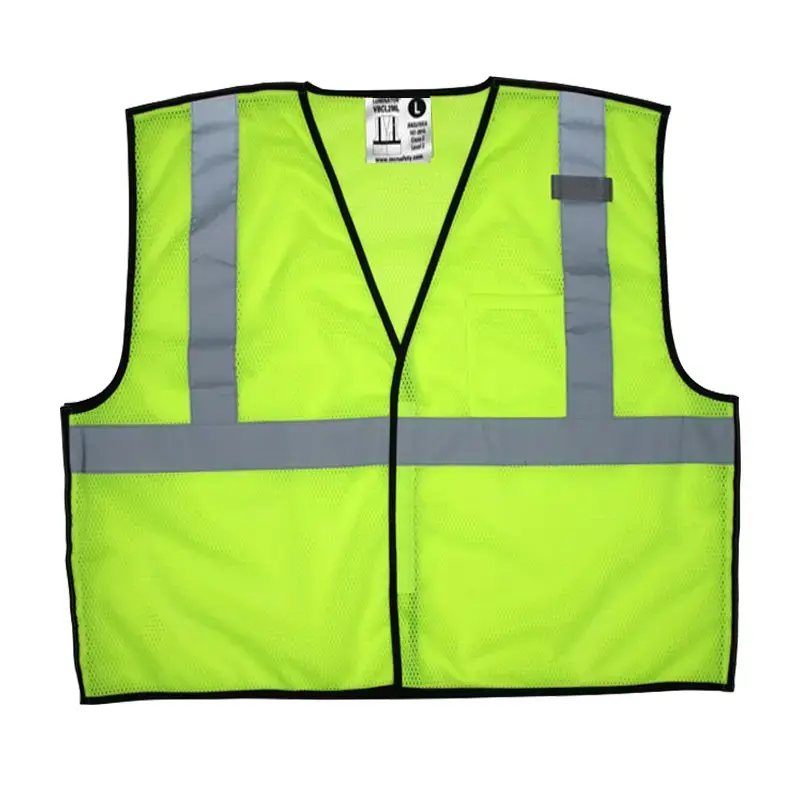
1. Overview of US reflective clothing standards
The US reflective clothing standards are mainly formulated by the American National Standards Institute (ANSI) and the International Safety Equipment Association (ISEA), and the standard number is ANSI/ISEA 107. The standard divides reflective clothing into three levels: Level 1, Level 2 and Level 3, corresponding to different usage scenarios and safety requirements. Level 1 reflective clothing is suitable for low-risk environments, Level 2 reflective clothing is suitable for medium-risk environments, and Level 3 reflective clothing is suitable for high-risk environments.
2. The main differences between Class 1 reflective clothing and Class 2 reflective clothing
(I) Reflective materials and area
1. Reflective materials
Class 1 reflective clothing: usually uses narrower reflective tapes with a minimum width of 25 mm. The brightness and visibility of its reflective material are relatively low, and it is suitable for use in environments with better light.
Class 2 reflective clothing: The width of the reflective tape is usually 50 mm, and some products may also use 35 mm reflective tapes. The reflective material of Class 2 reflective clothing has higher brightness and visibility, and can provide better warning effects under more complex lighting conditions.
2. Reflective area
Class 1 reflective clothing: The reflective area is relatively small, mainly concentrated on the front and back of the clothing to meet basic visibility requirements.
Class 2 reflective clothing: The reflective area is larger, and in addition to the front and back, it may also include sleeves and trouser legs. This design allows the wearer to be clearly seen from all angles, improving safety.
(II) Applicable scenarios
1. Level 1 reflective clothing
Applicable scenarios: Level 1 reflective clothing is mainly suitable for low-risk environments, such as cleaning work on urban streets and traffic control in school areas. In these scenarios, vehicles travel at a slow speed and the environment is relatively safe, so the requirements for reflective clothing are relatively low.
Use restrictions: Due to its limited reflective performance, level 1 reflective clothing is not suitable for high-risk scenarios such as highways or night operations.
2. Level 2 reflective clothing
Applicable scenarios: Level 2 reflective clothing is suitable for medium-risk environments, such as highway maintenance operations and loading and unloading operations in logistics warehouses. In these scenarios, vehicles travel at a high speed and there may be multiple potential dangers, so higher-performance reflective clothing is required to provide sufficient safety protection.
Use advantages: Level 2 reflective clothing has stronger reflective performance and can be seen at a longer distance and under more complex lighting conditions, thereby effectively reducing the risk of accidents.
(III) Design requirements
1. Visibility design
Level 1 reflective clothing: The design requirements are relatively simple, mainly emphasizing basic 360° visibility. The reflective tape on the clothing needs to be continuous around the torso, but a gap of no more than 5 cm is allowed.
Level 2 reflective clothing: In addition to meeting the 360° visibility requirements, the reflective tape is also required to be around the sleeves and trouser legs. This design further improves the wearer's visibility, especially when the arms and legs are moving, and can better attract the attention of people around.
2. Identification and marking
Level 1 reflective clothing: The identification and marking are relatively simple, usually only need to indicate that the product complies with the ANSI/ISEA 107 standard.
Level 2 reflective clothing: In addition to basic identification, more product information is required, such as the performance parameters of the reflective material, instructions for use, etc. This information helps users better understand the performance and usage of the product, thereby improving the safety and reliability of the product.
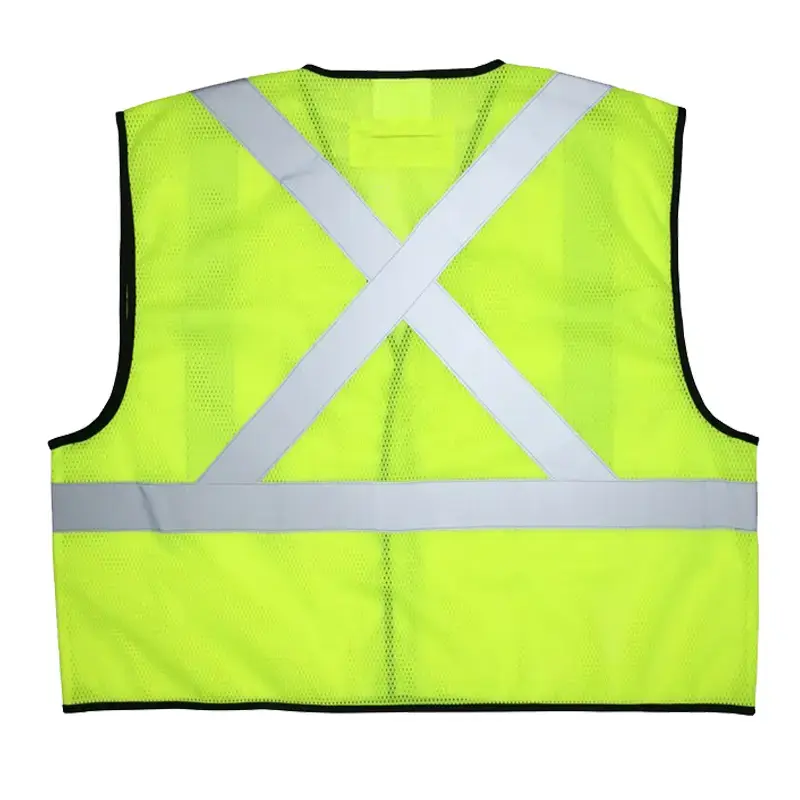
(IV) Performance test
1. Brightness test
Level 1 reflective clothing: The brightness test requirements are relatively low, mainly testing the brightness value of the reflective material under specific lighting conditions. The brightness value of Level 1 reflective clothing can usually meet the basic visibility requirements, but may perform poorly under complex lighting conditions.
Level 2 reflective clothing: The brightness test requirements are higher and need to be tested under a variety of lighting conditions. Level 2 reflective clothing usually has a higher brightness value and can provide better warning effects under more complex lighting conditions.
2. Durability test
Level 1 reflective clothing: The durability test focuses on the wear resistance and aging resistance of the reflective material. The durability test requirements for Level 1 reflective clothing are relatively low, and only require the reflective material to maintain basic reflective performance under normal use conditions.
Level 2 reflective clothing: The durability test requirements are higher. In addition to wear resistance and aging resistance, the reflective material also needs to be tested for washing resistance, dry cleaning resistance and other properties. These tests ensure that Level 2 reflective clothing can maintain good reflective performance during long-term use, thereby improving the service life and safety of the product.

